
It were time for my second training for Elewana. This time the venue were The Manor at Ngorongoro. In order to get 3 full days, we were invited to arrive on December 3 and leave after breakfast on December 7. The area to cover were basically NCA and the foothills leading up to the creater (Without the crater itself).
Day 1, Sunday, November 3: Kiligolf to the Manor at Ngorongoro
We set off from home in the afternoon to have some time at the Manor before dinner. Just before the Manor we had a pair of Hildebrandt´s Spurfowls cross the road in front of us. After checking in to our luxurious room, we just relaxed before dinner. As soon as we got back to our room, I heard a Montane Nightjar calling. I went out on the balcony played it once and had it display nicely for me.
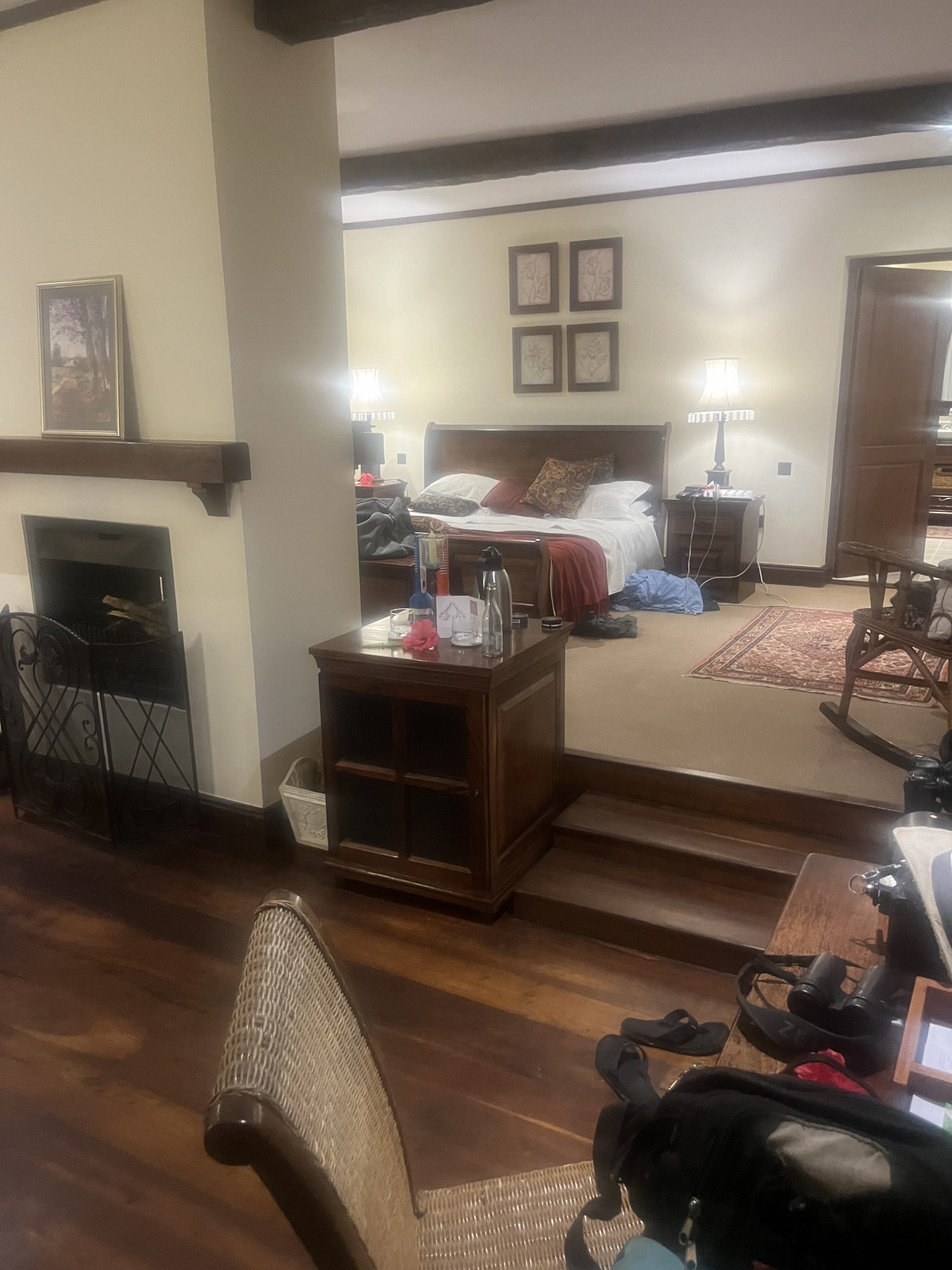
Our room at the Manor
Day 2, Monday, December 4: The Manor
That day we were supposed to bird the immediate area around the Manor + having classroom sessions. On my way to meet the guides, I recorded Speckled Mousebird, Bronzy Sunbird and Dark-capped Bulbul. We met up at the parking lot and birded along the fence of Ngorongoro Conservation Area (NCA). The area were quite productive. We quickly registered Tropical Boubou, Spotted Palm Thrush, White-browed Robin-Chat, Grey-capped Warbler, Black-headed Oriole, Red-billed Firefinch. White-tailed Blue Flycatcher, African Paradise Flycatcher, Eastern Double-collared Sunbird, Grey-backed Camaroptera, Red-chested Cuckoo, Willow Warbler, Red-faced Cisticola , Collared Sunbird and Schalow´s Turaco. Then the guys wanted to go into the extensive coffee plantation, I tried to tell them, there were no indigenious trees there and it was a waste of time. We managed to see Southern Citril, Arrow-marked Babbler, African Black Duck, African Harrier-Hawk, White-rumped Swift, Mbulu White-eye, Thick-billed Seed-eater, Black-backed Puffback, Cardinal Woodpecker, Northern Fiscal, Baglafecht Weaver, Spectackled Weaver, Yellow-bellied Waxbill, Long-crested Eagle, African Emerald Cuckoo and in the garden of the lodge, Black Cuckoo and Golden-winged Sunbird. We now retreated to the classroom and went through pictures of the birds to expect in NCA. The knowledge were not as good as at Treetops. These guides are normally driving in the crater and in Serengeti and knew very little about forest birds and Vaders. We finished the session at 13:00 for the guides to have their lunch and decided to meet at 4. That afternoon we were accompanied by a ranger and walked downhill from the Manor. We saw many of the same birds as earlier that day with the addition of Black-fronted Bushshrike, Purple-throated Cuckooshrike, Chinspot Batis, European Bee-eater, Brown-headed Apalis, Cape Robin-Chat and African Goshawk. We were back at the Manor at around 18:00 and I had a very cooperative Tropical Boubou in front of me after I said bye to the guides. Close to my room a group of Arrow-marked babblers entertained me, but I could not get them to sit in a bush so had to take a picture on the roof.
Some pictures from Day 2:

Grey-capped Warbler, Eminia lepida, Endemic to East Africa
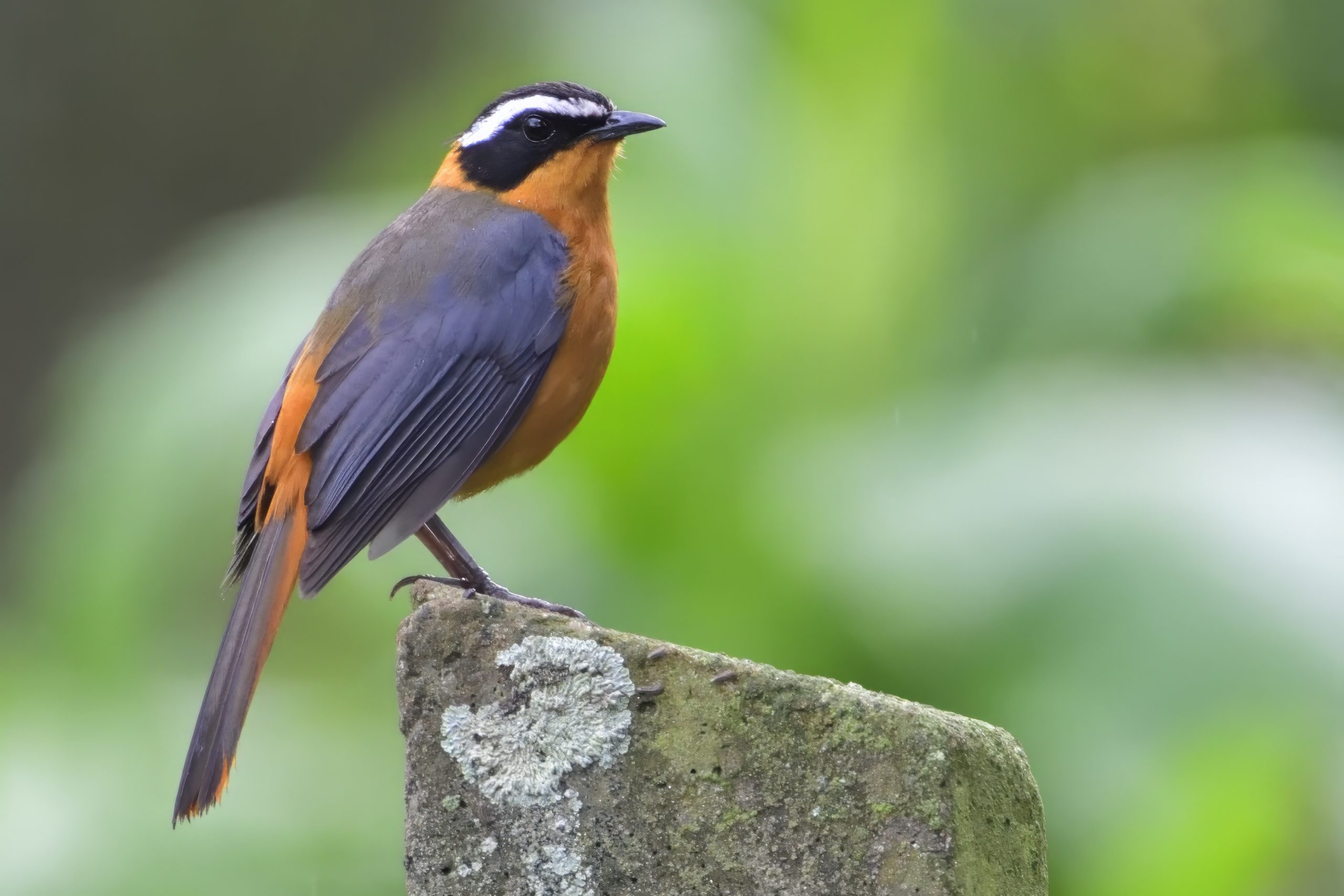
White-browed Robin-Chat, Cossypha Heuglini

Red-faced Cisticola, Cisticola erythrops
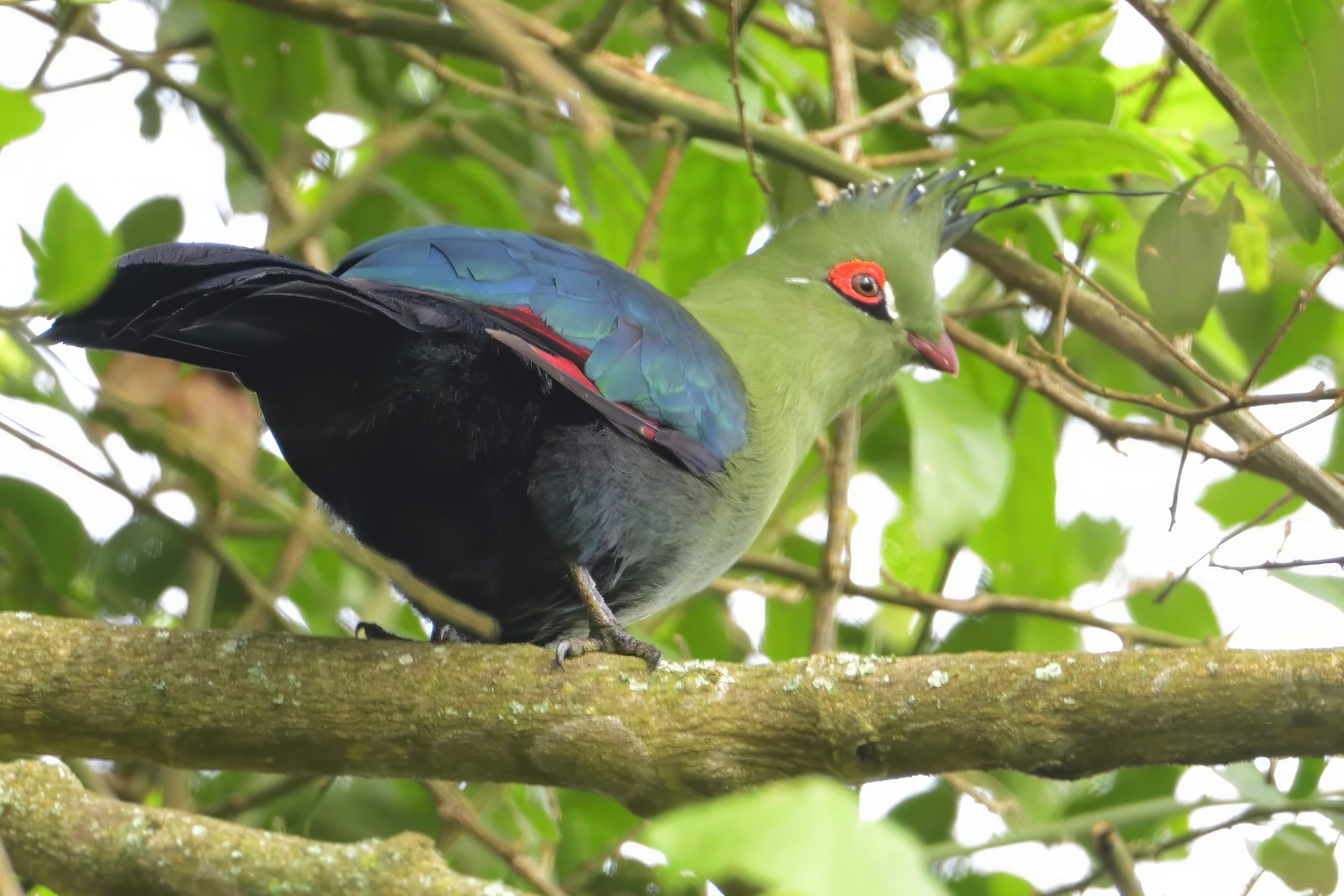
Schalow´s Turaco, Tauraco schalowi
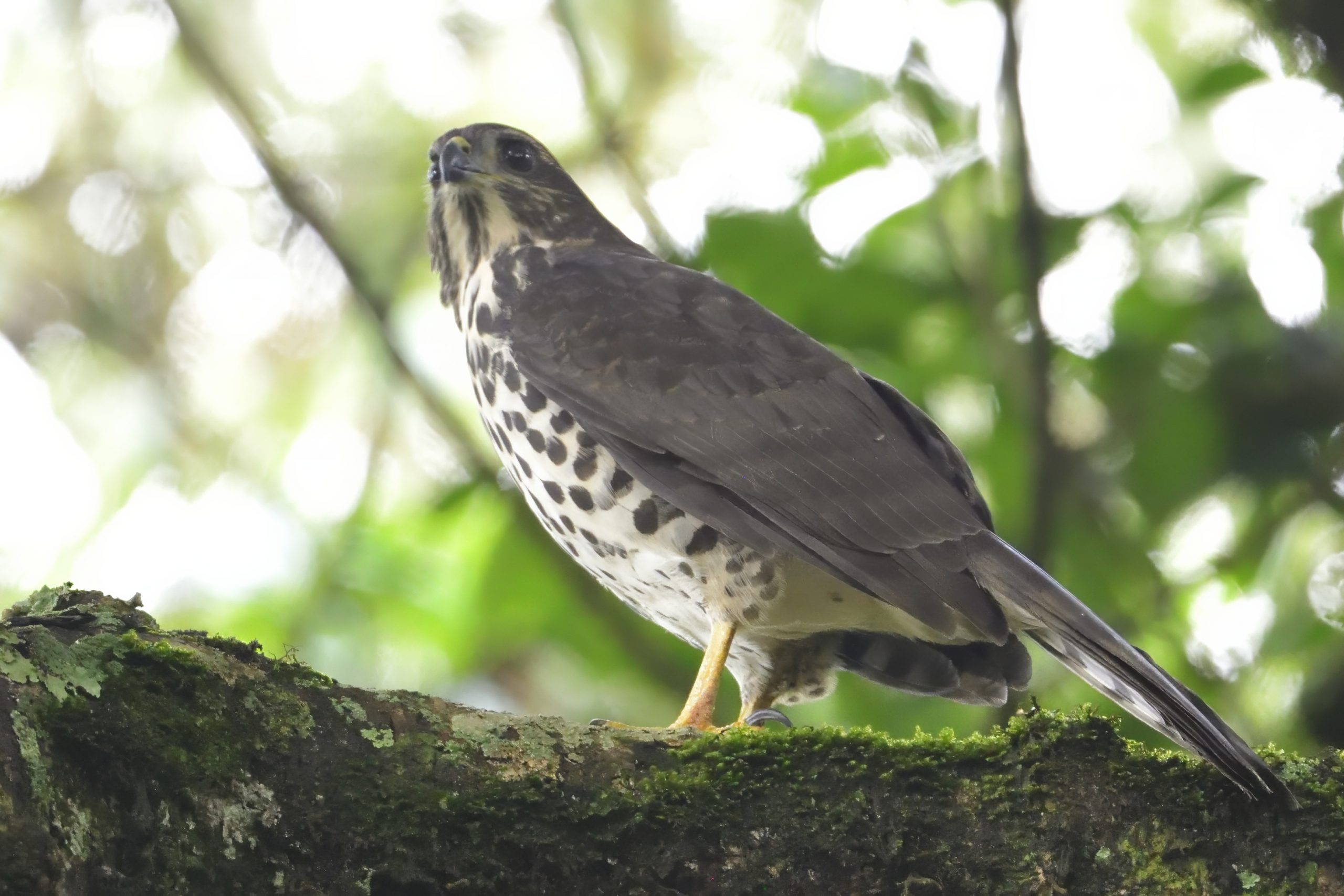
Juvenile, African Goshawk, Accipiter tachiro

Purple-throated Cuckooshrike, Campephaga quiscalina

Brown-headed Apalis, Apalis alticola

Spectackled Weaver, Ploceus ocularis
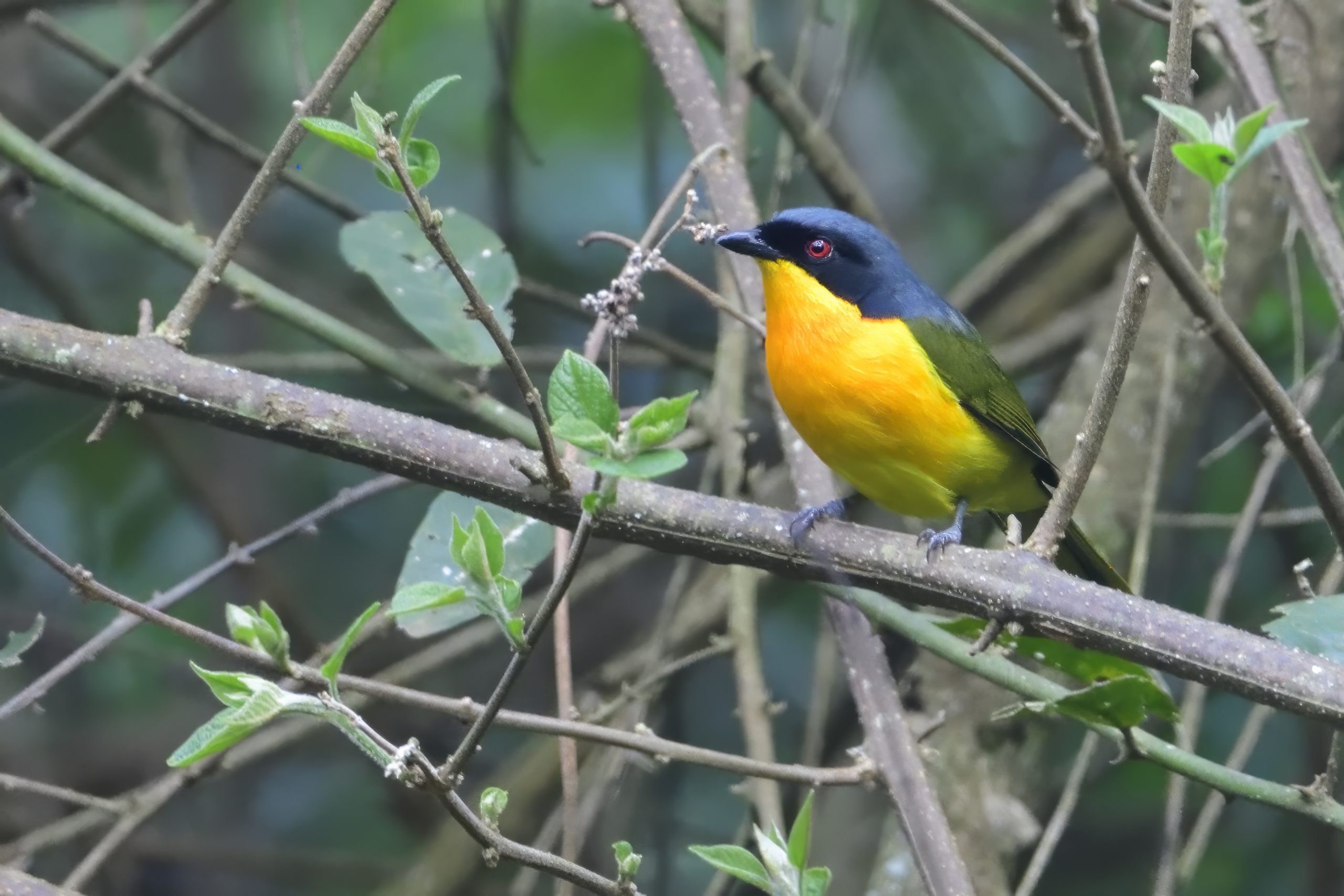
Black-fronted Bushshrike, Chlorophoneus nigrifrons

Cape Robin-Chat, Cossypha caffra
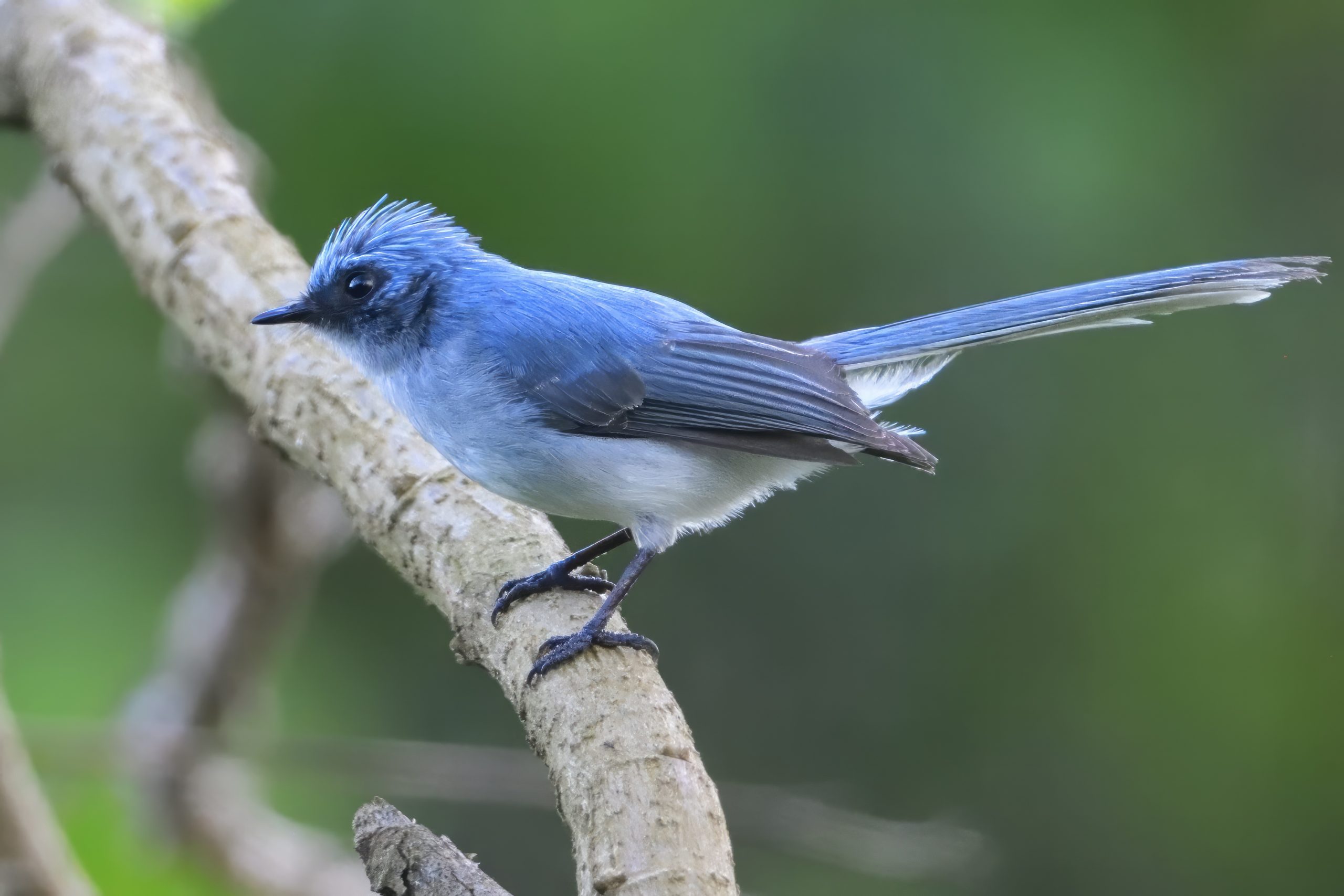
White-tailed Blue Flycatcher, Elminia albicauda
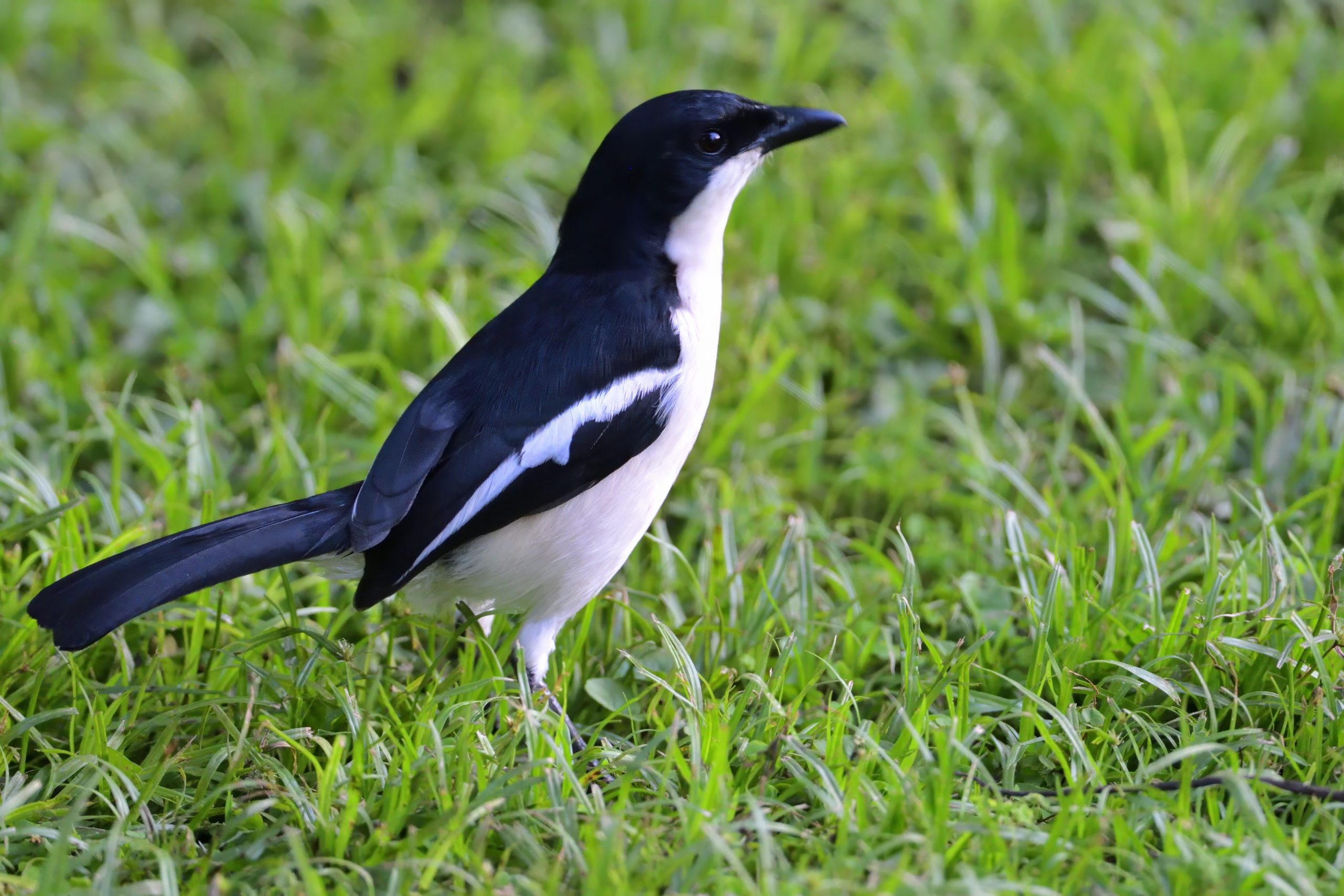
Tropical Boubou, Laniarius major

Arrow-marked Babbler, Turdoides jardineii
Day 3, Tuesday, December 5, 2023: The Manor – Endoro Trail – The Manor
We were at the head of Endoro trail at 08:00. We were met by some very cooperative Mbulu White-eyes at the entrance to the trail. Here are some of the other birds we registered on the way up to the Elephant Caves: Brown-crowned Tchagra, Brown-headed Apalis, Lemon Dove, Grey-olive Greenbul, Grey Cuckooshrike, African Hill Babbler, Amethyst Sunbird, Black Saw-wing, Purple-throated Cuckooshrike, Cinnamon-chested Bee-eater, Yellow-breasted Apalis, African Dusky Flycatcher, Mountain Greenbul, Klaas´s Cuckoo, Red-billed Oxpecker, Black-throated Wattle-eye and at the caves: Grey-headed Nigrita and Mountain Wagtail. The path were extremely muddy especially the last part towards the caves. We also ran into some Buffalos so we spent very little time at the caves itself. It must have been one of the most quiet times I have walked this trail. On the way back to the car, we only added a few new species: Abyssinian Thrush, Bearded Woodpecker, Narina Trogon, Spotted Flycatcher, Crowned Eagle and Augur Buzzard. We were back at the Manor before lunch and had a classrom session after lunch going through birds they could encounter and also a Q & A Session. I wanted to do an afternoon walk, but the guides were tired so we departed early that afternoon.
Some Pictures from Day 3:
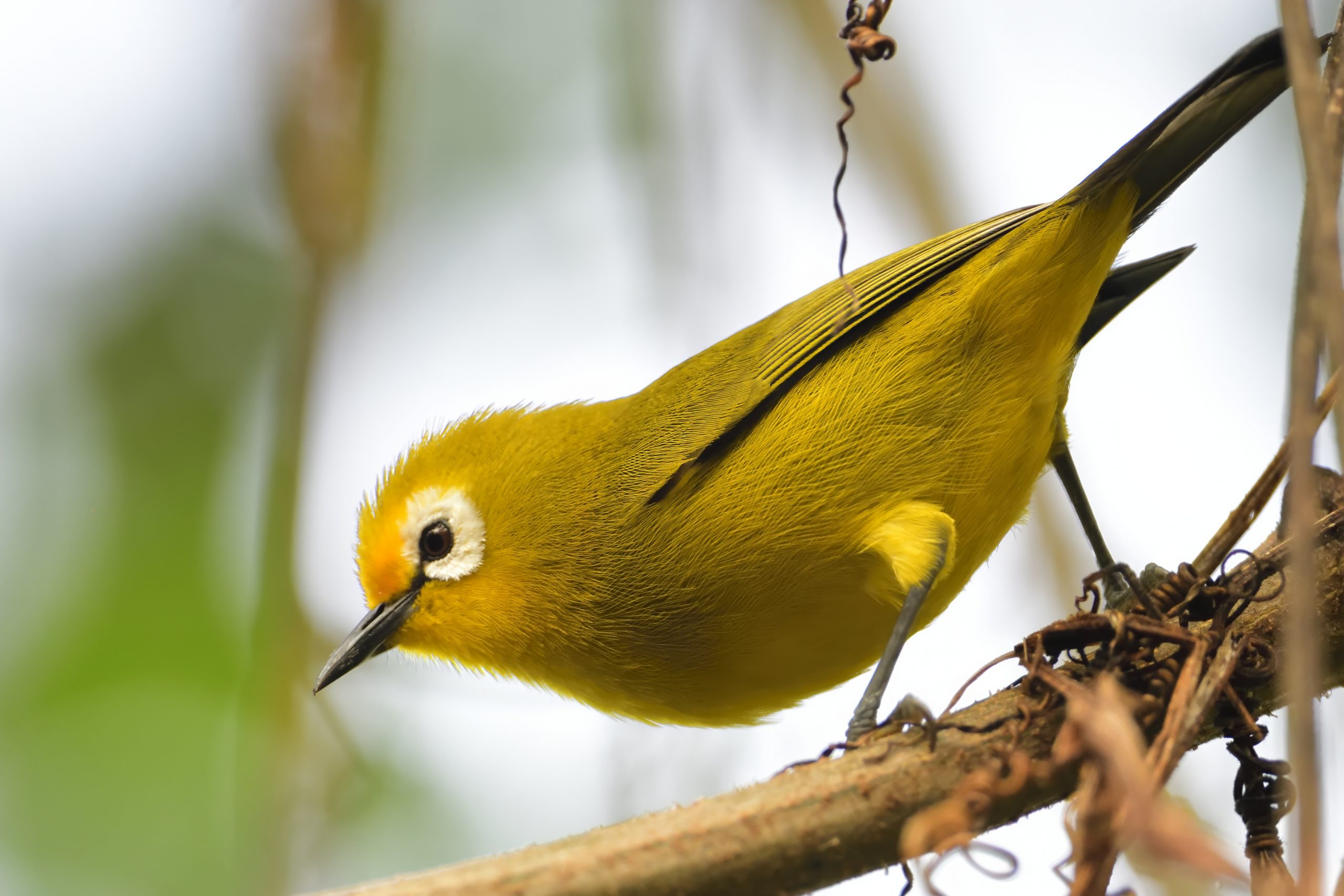
Mbulu White-eye, Zosterops mbulensis, Endemic to N Tanzania and S Kenya

African Hill Babbler, Sylvia abyssinica
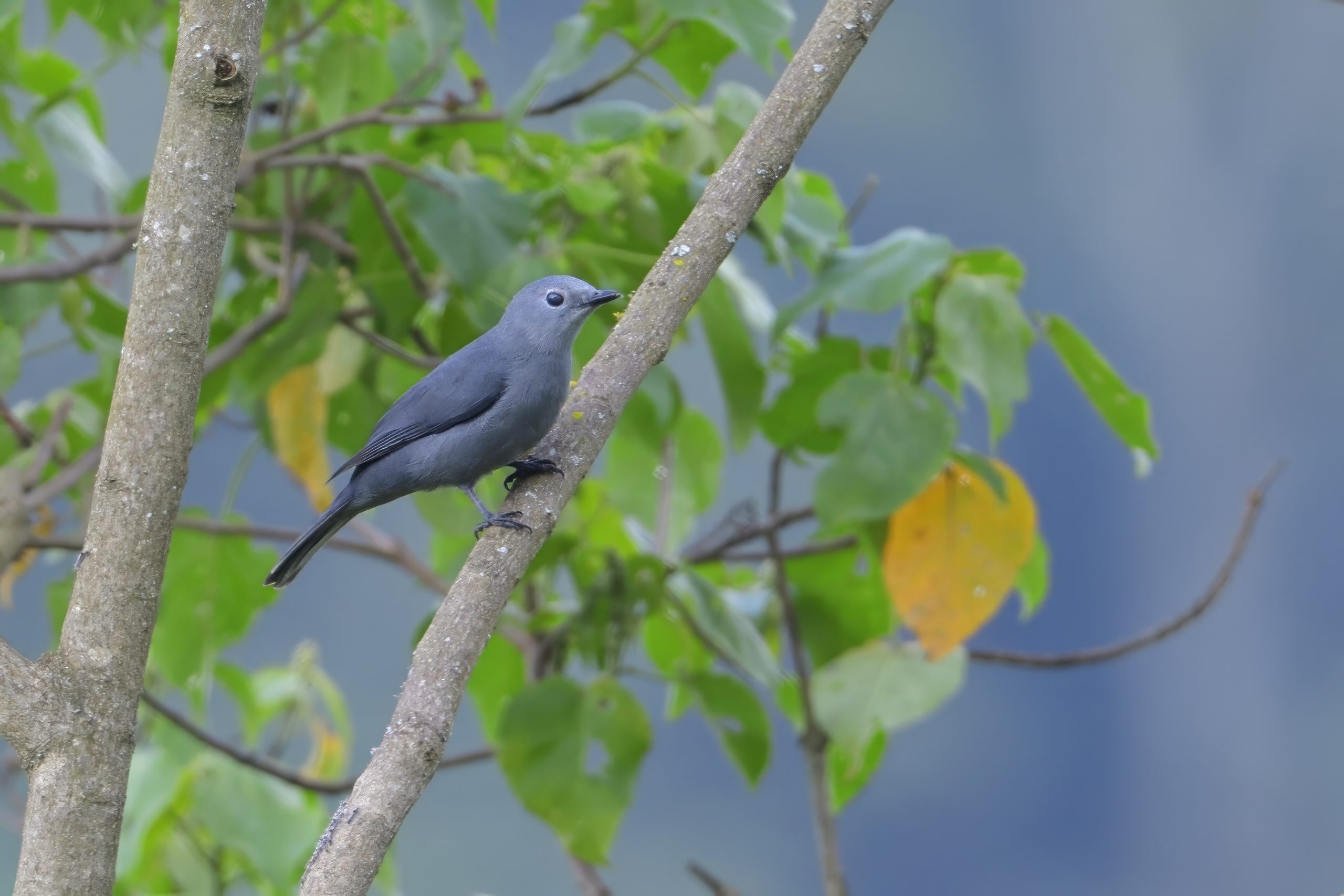
Grey Cuckooshrike, Coracina caesia
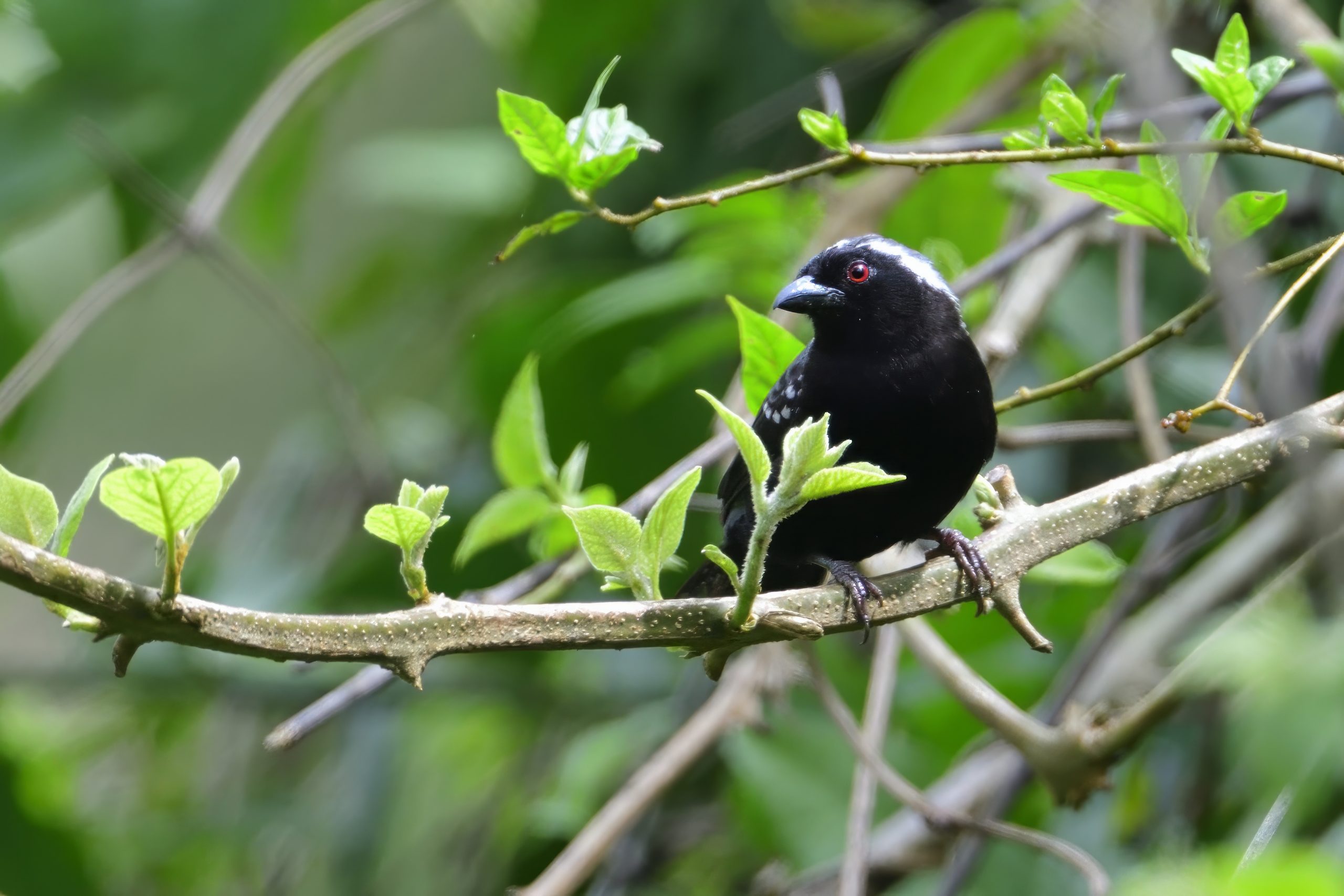
Grey-headed Nigrita, Nigrita canicapillus

Bearded Woodpecker, Chloropicus namaquus

African Paradise Flycatcher, Tersiphone viridis
Day 4, Wednesday, December 5,: The Manor – Ngorongoro Crater – The Manor
We had an early start to be at the gate to NCA. While tickets were sorted I went just behind the toilets and got a couple of birds amongst them Grey-capped Warbler and Yellow-breasted Apalis. We were soon through the gate, but unfortunately there were a lot of traffic making it hard to stop for birds. Despite that we managed the following species on the way to the top of the crater: African Grey Flycatcher, White-headed Saw-wing, Cinnamon-chested bee-eater, Mosque Swallow, Silvery-cheeked Hornbill, Mbulu White-eye, Eastern Double-collared Sunbird, Streaky and Thick-billed Seedeater and common Waxbill. At the top of the crater we took the road towards Sopa Lodge since this road is usually less traficked. Here are some of the birds we registered: Hildebrandt´s Spurfowl, Bar-throated apalis, Slate-colored Boubou, Hunter´s and Stout Cisticola, a huge flock of African Openbill flying high over the crater rim, Yellow-billed Kite, African Cuckoo-Hawk, and Cinnamon Bracken Warbler. We had now passed Sopa Lodge and stopped for lunch at the other gate going down to the crater. We got Tree Pipit and African Stonechat while having lunch. We soon continued on the road towards some Masai villages and here are some of the birds we observed: Black-headed Heron, Red-rumped Swallow, Western Yellow Wagtail, Capped Wheatear, Blacksmith Lapwing, Anteater Chat, African Pipit, Grey Heron, White Stork, Red-capped and Rufous-naped Lark, Whinchat, Northern and Isabelline Wheatear, Little Bee-eater, Speckled Pigeon, Pin-tailed Whydah and Superb Starling. It were now 14:50 and the boys decided to turn. I was hoping we could bird on the way out, but they put up quite a speed. We managed to stop for a picture lifer for me: Red-cowled Widowbird. The only other bird we observed on the way out were a juvenile Bateleur. Just before the Manor we saw one Eastern-crested Guineafowl. We were back at the Manor at 17:30 (a little early for my taste). Since this was the last ay of the program I bid farewell with the group of guides and returned to our room. We had a lovely dinner and went early to bed.
Some pictures from day 4:
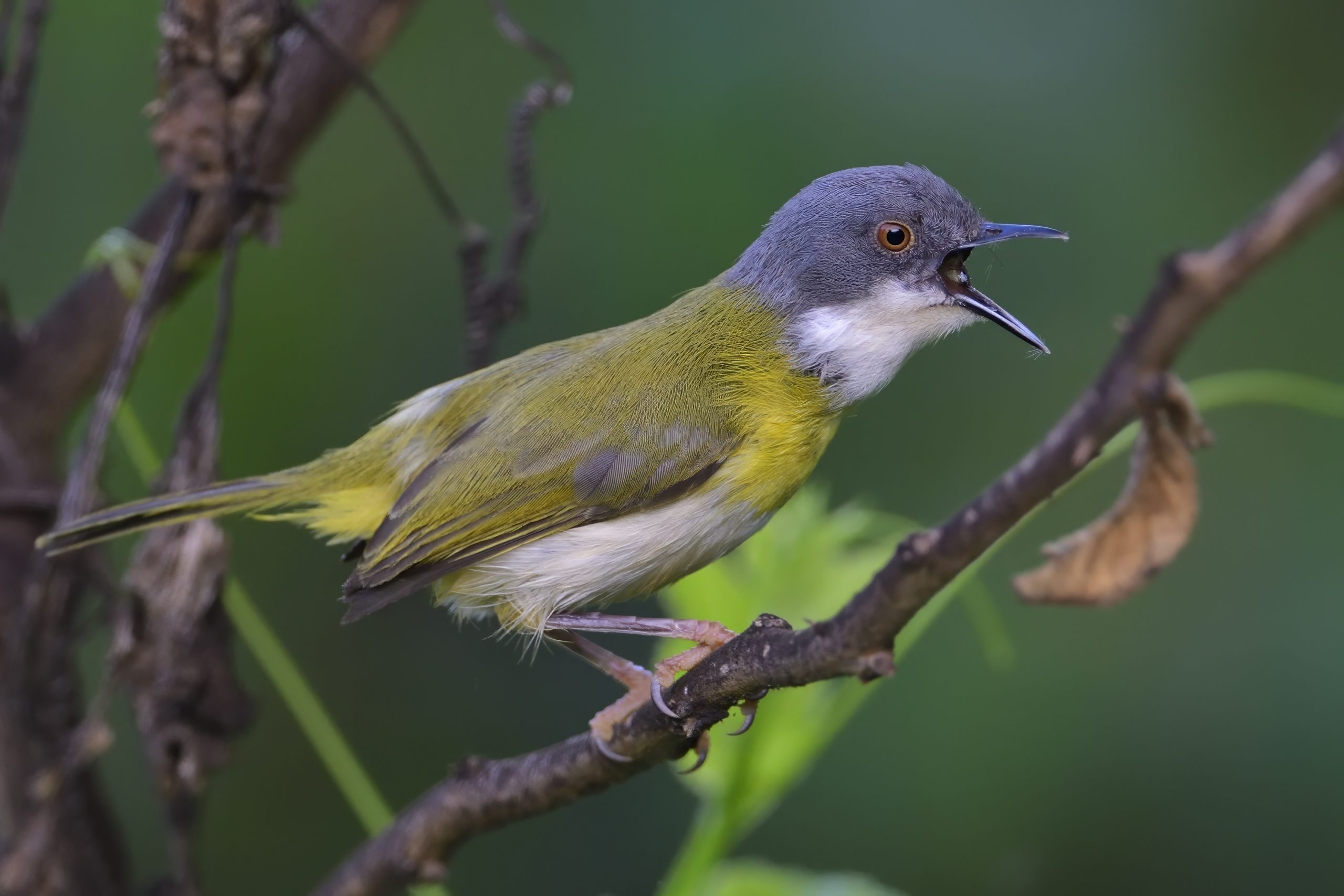
Yellow-breasted Apalis, Apalis flavida

Streaky Seedeater, Chritagra striolata

Thick-billed Seed-eater, Chritagra burtoni

Eastern Double-collared Sunbird, Cynnyris mediocris, Endemic to East Africa

Female, Oriole Finch, Linurgus olivaceus

Cinnamon-chested Bee-eater, Merops oreobates, Endemic to East Africa
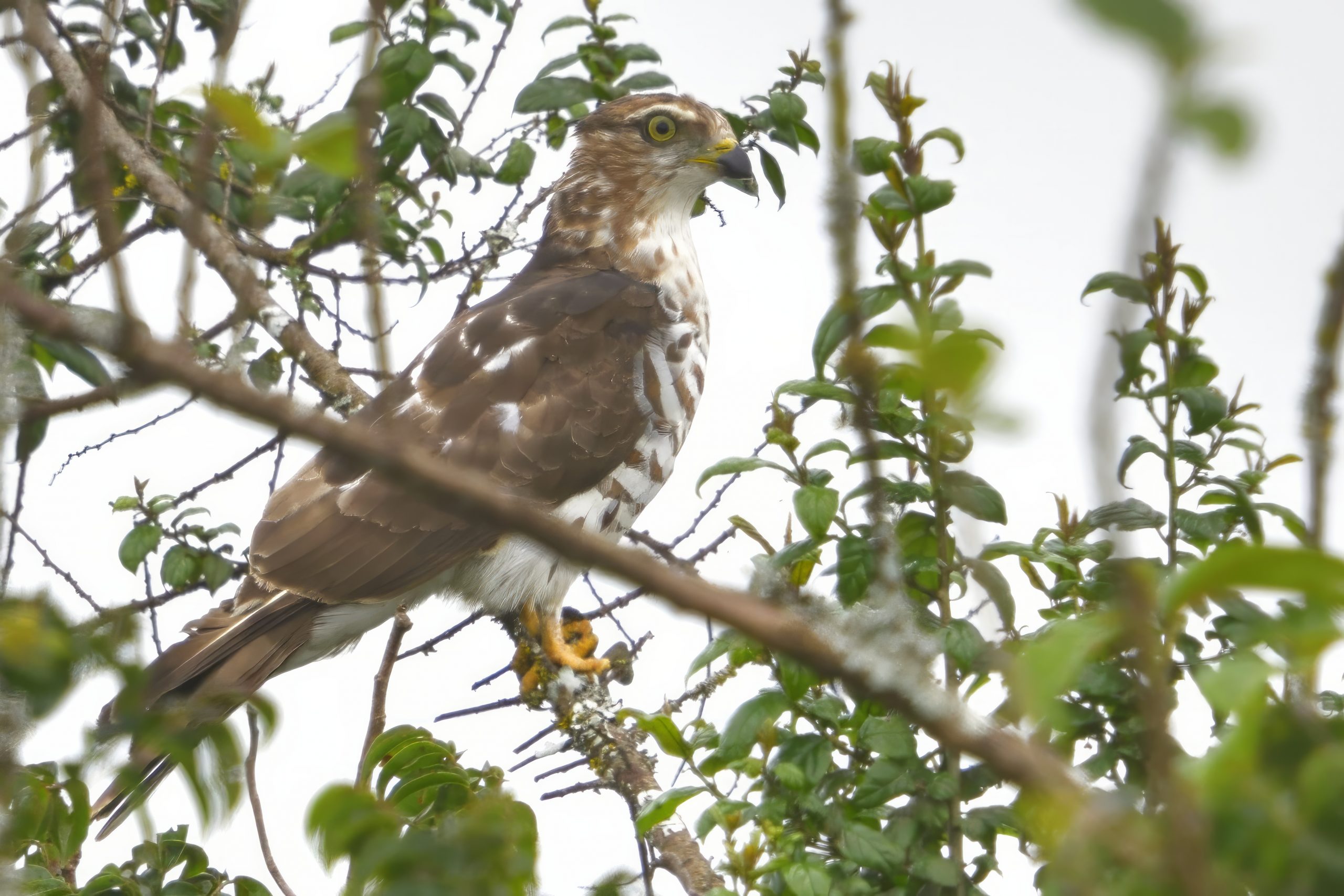
African Cuckoo-Hawk, Aviceda cuculoides

Crowned Eagle, Stephanoaetus coronatus

Tree Pipit, Anthus trivialis

White-eyed Slaty Flycatcher, Melaenornis fischeri, Endemic to E and C Africa

Bar-throated Apalis, Apalis thoracica, race murina
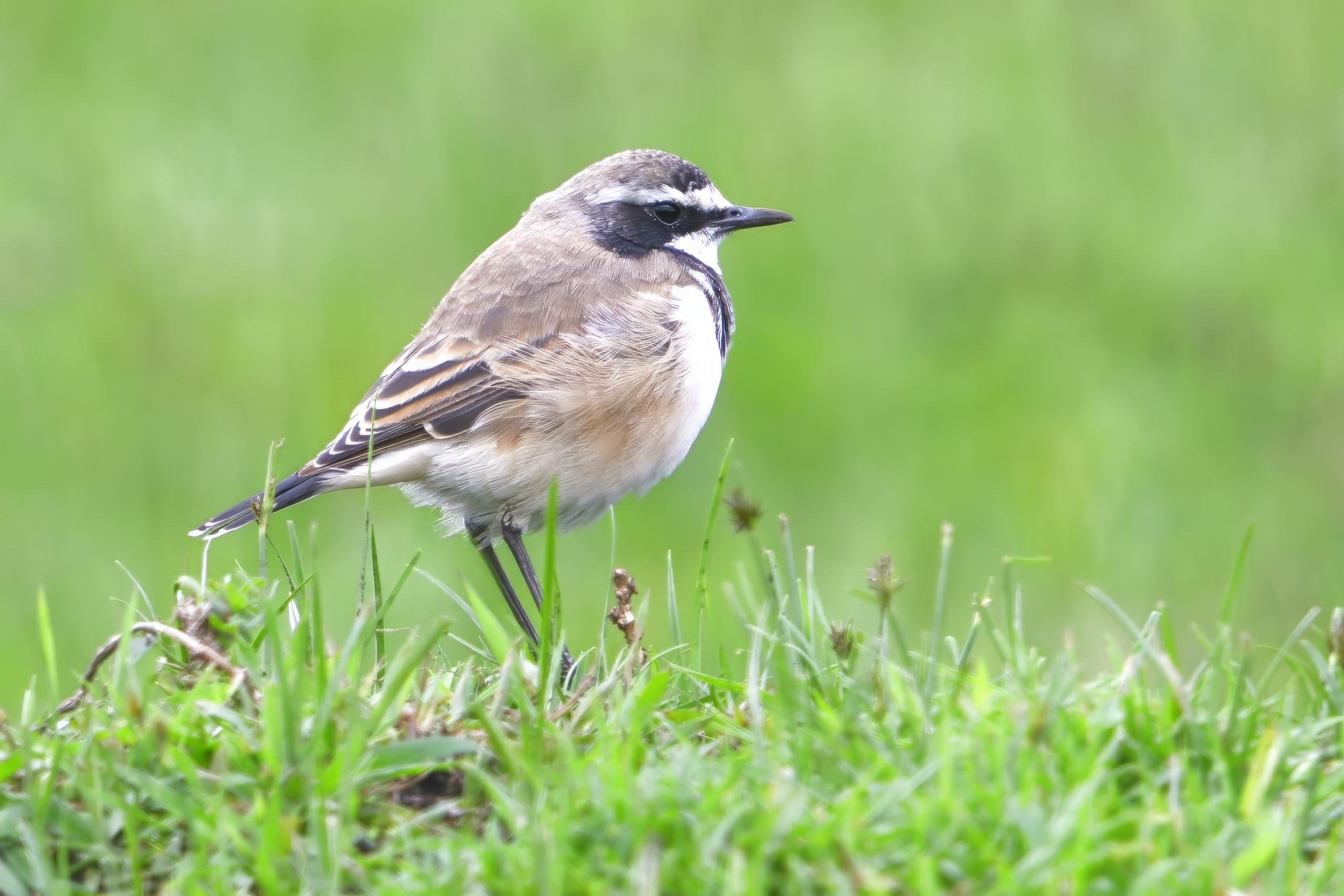
Capped Wheatear, Oenanthe pileata

Anteater Chat, Myrmecocichla aethiops

African Pipit, Anthus cinnamomeus

Rufous-naped Lark, Mirafra africana
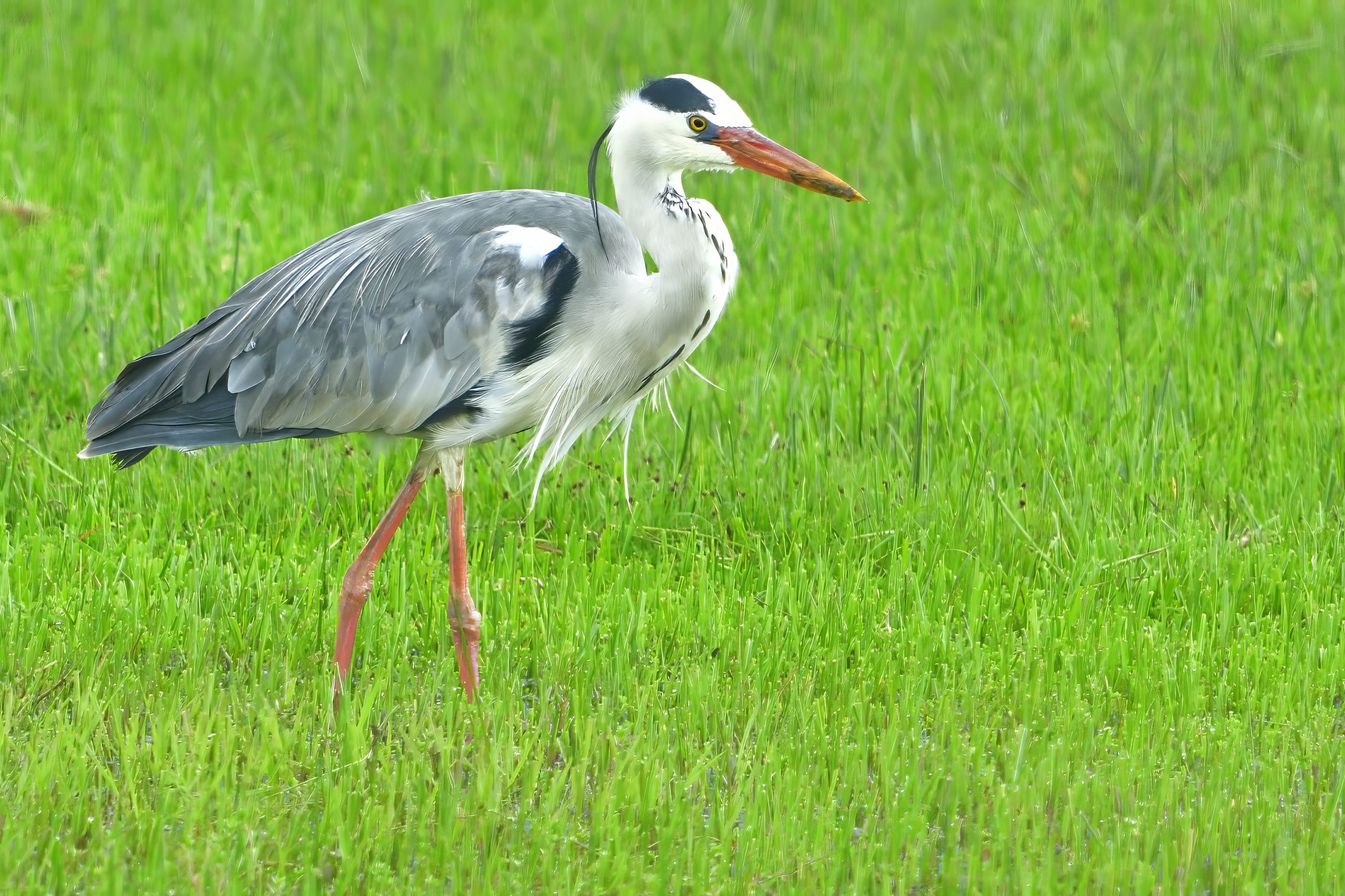
Grey Heron, Ardea cinerea
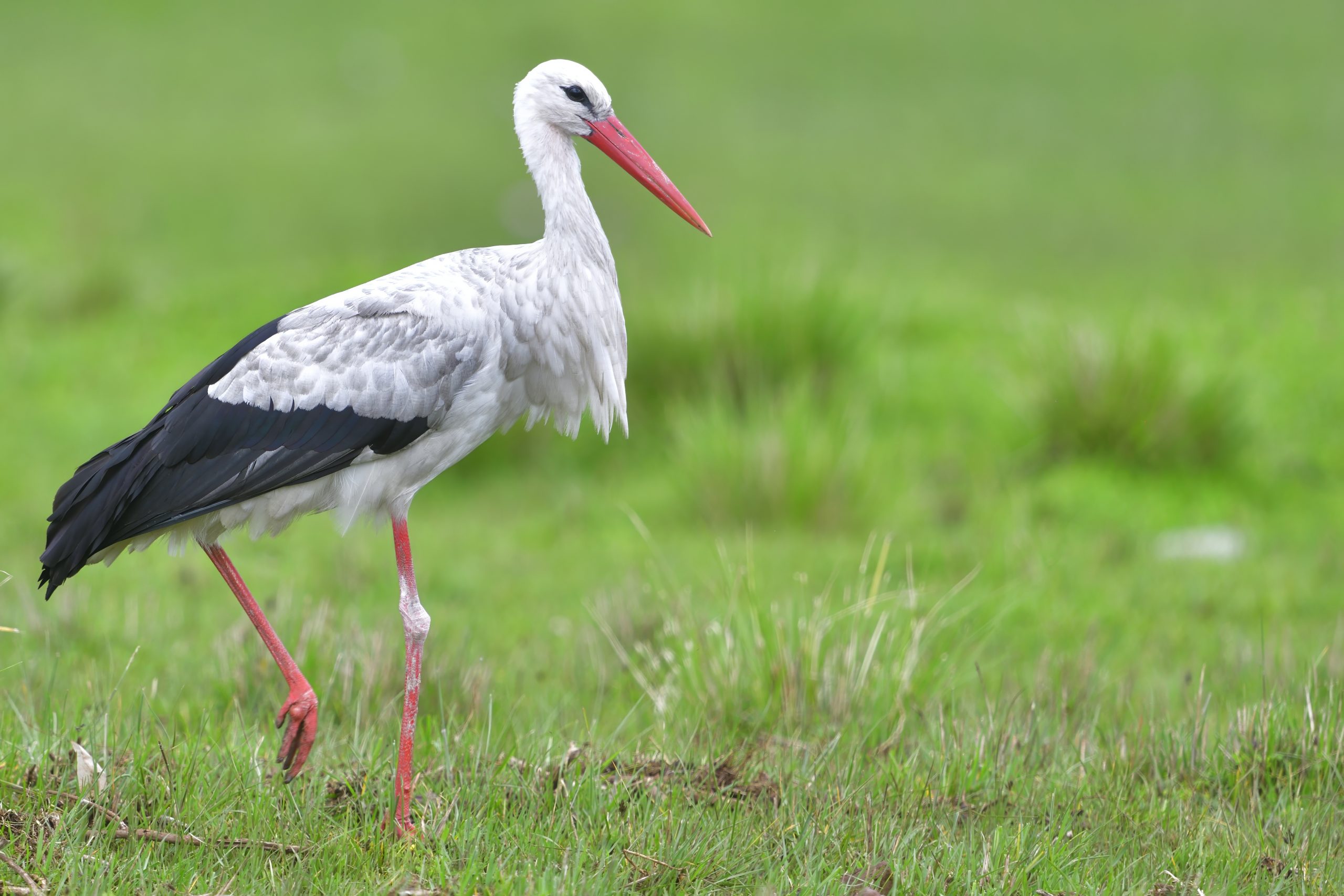
White Stork, Ciconia ciconia

Cinnamon Bracken Warbler, Bradypterus cinnamomeus
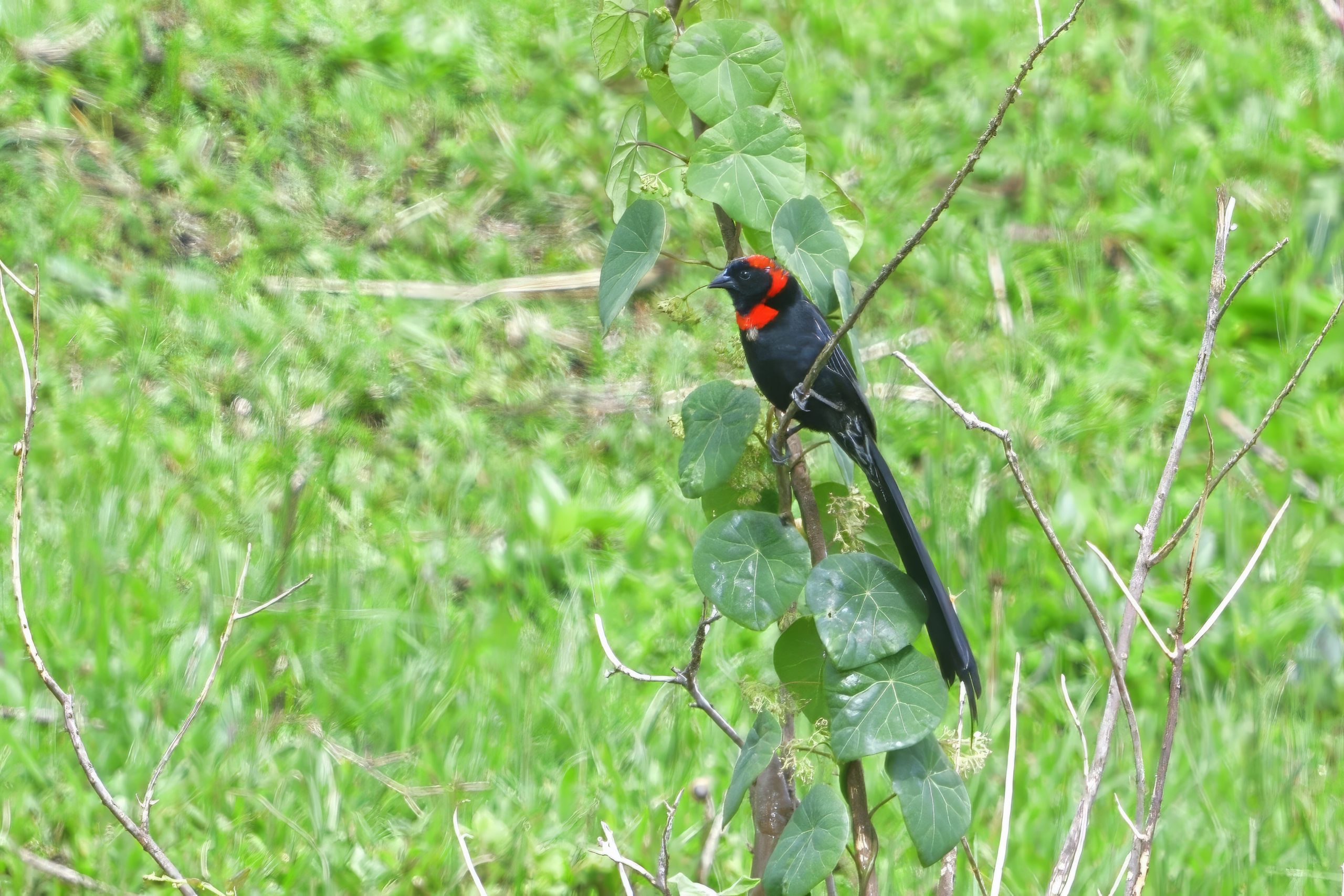
Red-cowled Widowbird, Euplectes laticauda – Picture Lifer
I felt the training went very well although we registered less than 120 species. Many of the special forest sepcies were new to many of the guides. I wish, we could have included Ndutu, the crater floor and maybe Serengeti, but maybe another day.
Day 5, Thursday December 7: The Manor to Kiligolf.
We slept in quite late that morning and had a lovely breakfast. Then we started on our way home. I drove down the mountains to Makuyuni and then my fiancee took over and drove us all the way home. She is an expert Land Rover driver :-). The only bird of interest observed along the road were a single Abdim´s Stork. We were home late afternoon. We both really enjoyed our stay at The Manor at Ngorongoro by Elewana and would really recommend the place. Many of the special birds like Golden-winged Sunbird can be found in the garden.